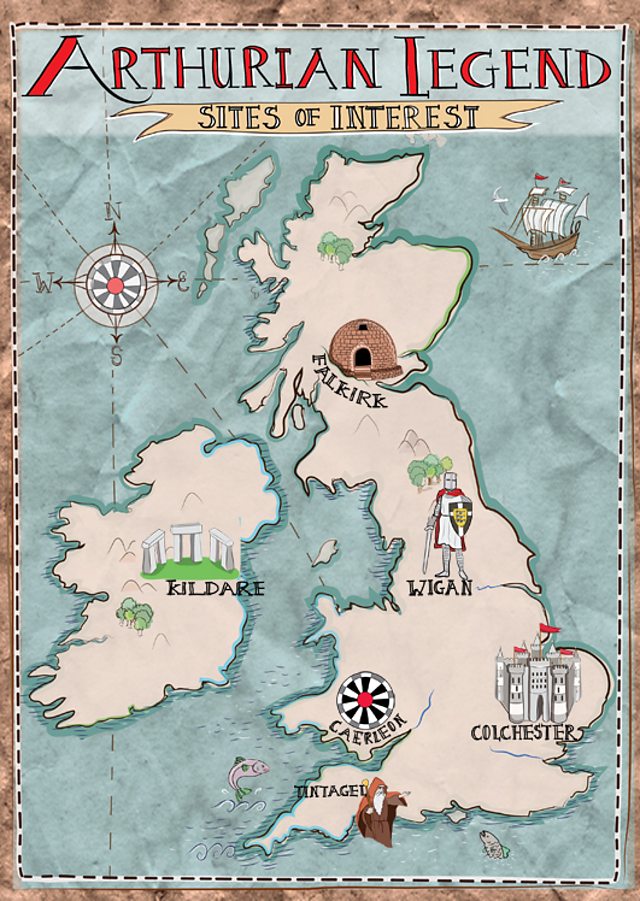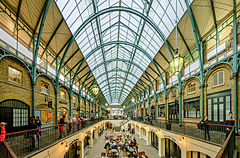It is not about politics, moralising or glorifying war
Dan Snow: The lack of a secular presence at the Cenotaph could diminish its importance for modern Britons – and they could forget
THEGUARDIAN.COM|由 DAN SNOW 上傳
A two-minute silence was held at the Cenotaph to remember those who have died in armed conflicts
A
two-minute silence has been held to remember members of the British and
Commonwealth's armed forces who have died during conflicts.
The Queen was joined by Prince Phillip and the Duchess of Cambridge at the Cenotaph on Remembrance Sunday.
The country observed a two-minute silence as Big Ben struck the eleventh hour.
British forces across the world - including 9,500 soldiers in Afghanistan - also stood silent to remember.
The Queen laid a wreath, followed by the Duke of York and the Princess Royal.
The former chief of the defence staff, Lord Guthrie, laid a
wreath on behalf of the Prince of Wales, who is in Auckland, New
Zealand.
British Foreign Secretary William Hague laid a wreath on
behalf of all those in the armed forces across the commonwealth who have
fallen.
 The Queen led dignitaries in honouring the UK's war dead at the Cenotaph
The Queen led dignitaries in honouring the UK's war dead at the Cenotaph
British servicemen and women in Helmand Province were able to attend services at remote patrol bases or checkpoints.
Lt-Col Zac Stenning, a serving soldier, attended the Remembrance service in London for the first time.
He told BBC News he was "immensely struck by both the dignity and pride and the solemnity of the service".
Continue reading the main story
Angus Crawford
BBC News
The air was cold and clear, the sky a cobalt blue and
Whitehall with the Cenotaph at its heart was lined with the ranks of
those who serve and those who once served.
Watching from behind the barriers around the MoD, a solitary
figure pausing from his duties talking to the media. His silhouette
against the sunlight throwing into sharp relief the dark metal of his
prosthetic legs, lost in a roadside explosion in Afghanistan five years
ago.
The two minutes silence was immaculately observed, the only thing to break the quiet the crying of gulls wheeling in the air.
The wreaths were placed gently around the base of the cenotaph and then the march past.
A glittering parade of polish and steel, of khaki, blue and
black - Royal Marines and Gurkhas, Submariners and Gunners and many more
in uniform.
Then thousands of veterans, men and women in civilian
clothes, but with medals on their chests and cap badges gleaming on
berets.
On each lapel a splash of colour, a Poppy, the symbol of remembrance, of sacrifice and thanksgiving.
He added that he had lost 10 men
from his Army unit in the last six months in Afghanistan, and this in
particular made this Sunday an important day.
"It is that single day in the year when we stand together and
as a nation we remember the commitment of our men and women of the
armed forces not only as soldiers today but of the past"
This year, Remembrance Sunday falls on 11 November itself, the date of the armistice which brought World War I to an end.
The prime minister of the Republic of Ireland and his deputy took part in Remembrance Sunday services in Northern Ireland.
Taoiseach Enda Kenny was in Enniskillen and Tanaiste Eamon
Gilmore was in Belfast, where First Minister Peter Robinson and
Secretary of State Theresa Villiers led the wreathlaying.
Welsh First Minister Carwyn Jones led Wales in its Remembrance Sunday commemorations in Cardiff.
First Minister Alex Salmond paid tribute to the courage and commitment of Scotland's servicemen and women in Edinburgh.
Other remembrance services were held across the country,
including in Staffordshire where the Duke and Duchess of Gloucester
represented the Queen at a service held at the National Memorial
Arboretum.
All veterans from World War I have now died - Florence Green,
from King's Lynn, Norfolk, who served as a mess steward at RAF bases in
Marham and Narborough, died in February aged 110.
On Saturday, a Festival of Remembrance concert staged by the
Royal British Legion was held at the Royal Albert Hall. It was attended
by thousands, including the Queen, the Duke of Edinburgh, the prime
minister and Labour leader Ed Miliband.
13 November 2011 Last updated at 13:28 GMT Help
The Queen has laid a wreath at London's Cenotaph as part of the Remembrance Sunday events being held around the UK to honour the country's war dead.
Other members of the Royal Family, Prime Minister David Cameron and other politicians, religious leaders and military chiefs also attended.
Nicholas Witchell reports.
朱自清日記
十一日星期三 雨 1931 11 11
今天是第一次世界大戰的停戰紀念日,我一大早就到陣亡將士紀念碑*前,站在第一排。那莊嚴肅穆的景象深深地打動了我。特別是當年的老戰士走過來時,更使我感動。許多婦女在強壯的警察護送下游行前進,她們激動異常,困頓不堪。此情此景真是動人。儀式剛剛結束,大雨滂沱而下,最後還夾著冰雪。......

The Cenotaph, Whitehall, London
*
cenotaph
The Cenotaph
The Cenotaph in Whitehall, London has played host to the Remembrance Service for the past nine decades. But how did the monument become such an indelible part of the UK's commemoration of those who lost their lives in past conflicts?
Originally intended as a small part of the Peace Day events of July 1919, The Cenotaph was designed and built by Edwin Lutyens at the request of the then Prime Minister Lloyd George
The Cenotaph - which literally means Empty Tomb in Greek - was initially a wood and plaster construction intended for the first anniversary of the Armistice in 1919. At its unveiling the base of the monument was spontaneously covered in wreaths to the dead and missing from The Great War. Such was the extent of public enthusiasm for the construction it was decided that The Cenotaph should become a permanent and lasting memorial.
The Cenotaph, made from Portland stone, was unveiled in 1920. The inscription reads simply "The Glorious Dead".

Unveiling of the permanent Cenotaph in Whitehall by His Majesty
King George V, 11 November 1920 © Copyright Imperial War Museum
On the Sunday nearest to 11 November at 11am each year, a Remembrance Service is held at the Cenotaph to commemorate British and Commonwealth servicemen and women who died in the two World Wars and later conflicts. The monarch, religious leaders, politicians, representatives of state and the armed and auxiliary forces, gather to pay respect to those who gave their lives defending others.
The service has changed little since it was first introduced in 1921, hymns are sung, prayers are said and a two minute silence is observed. Official wreaths are laid on the steps of The Cenotaph. The ceremony ends with a march past of war veterans; a poignant gesture of respect for their fallen comrades.
Services of Remembrance are held at war memorials and cenotaphs throughout Britain and the Commonwealth nations. While the style and size of these memorials vary considerably from place to place, an exact replica of Lutyens' Cenotaph stands proudly in London, Canada.
























